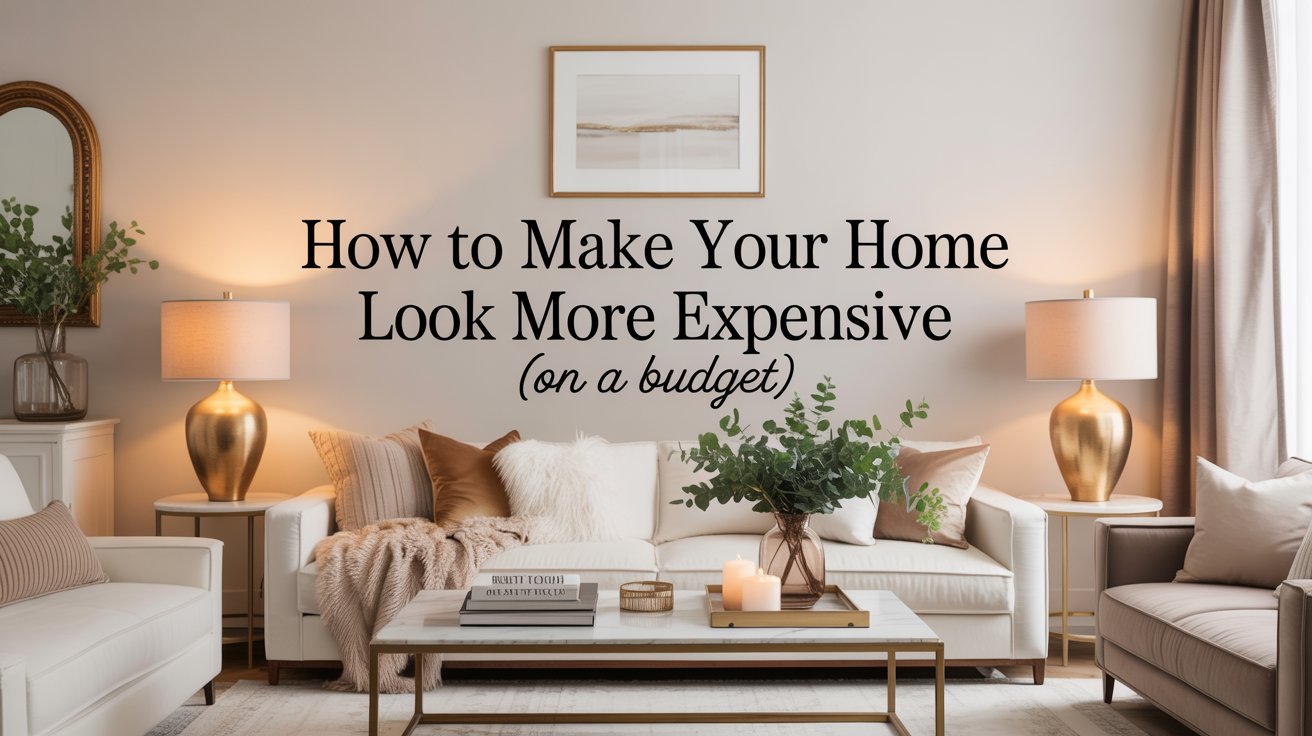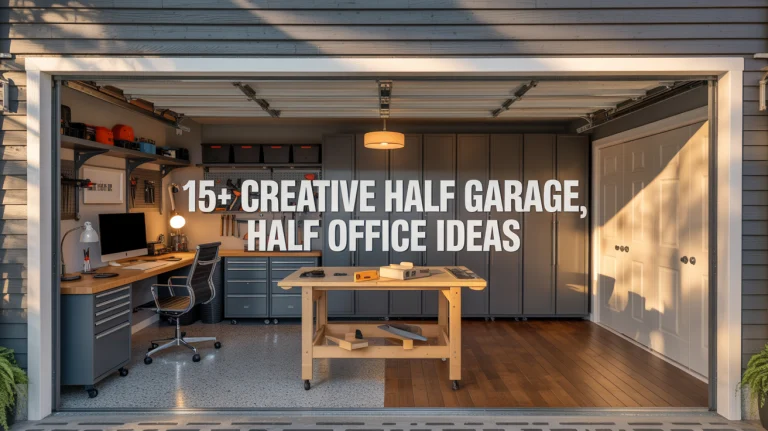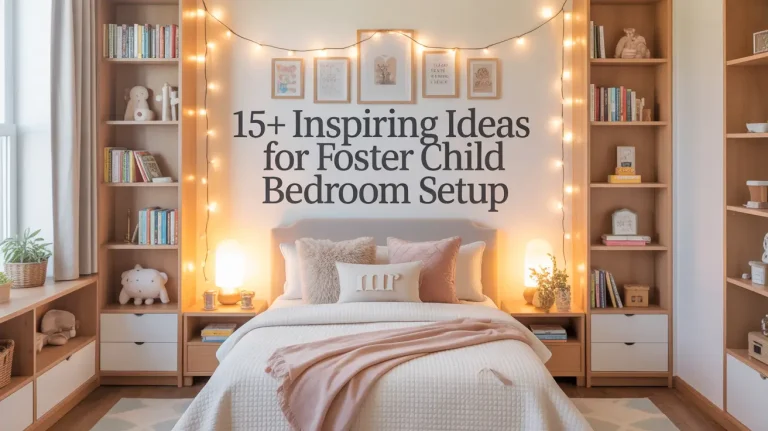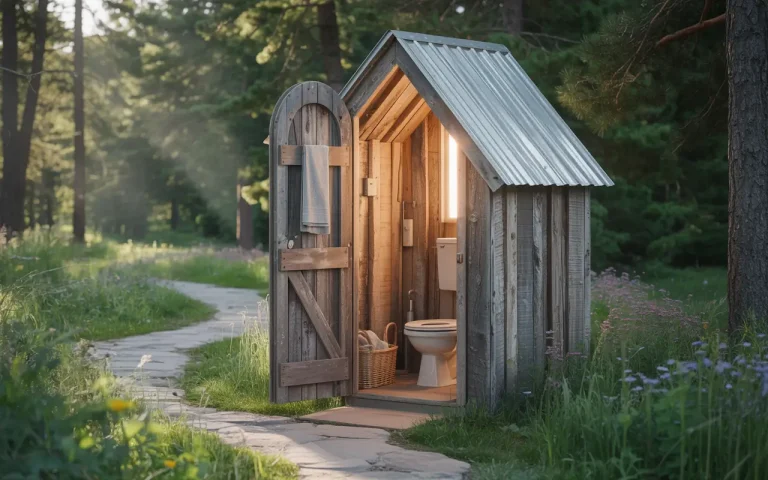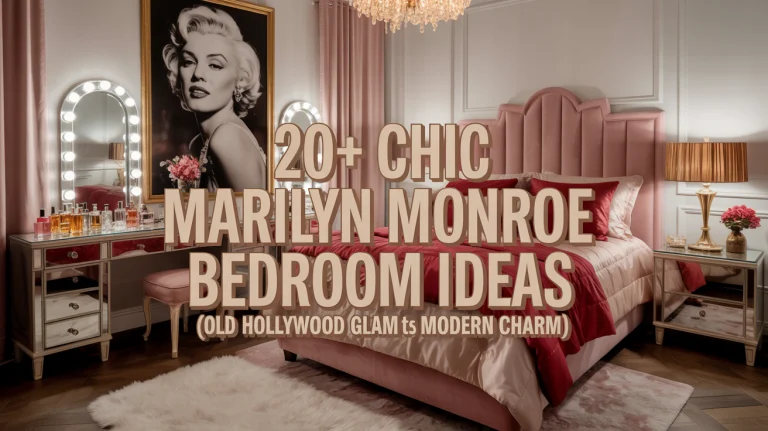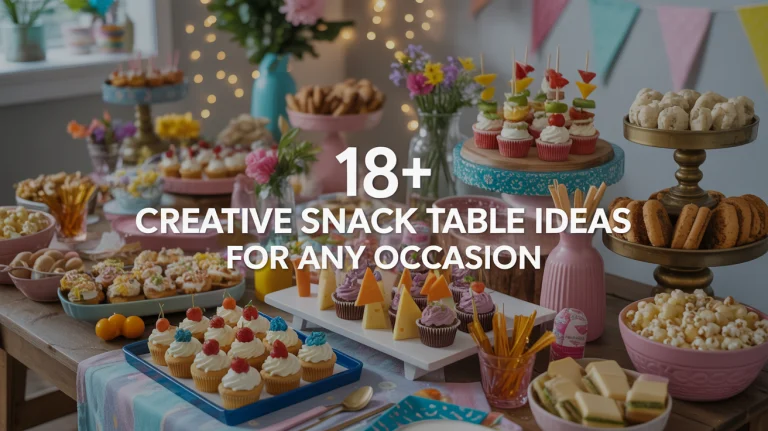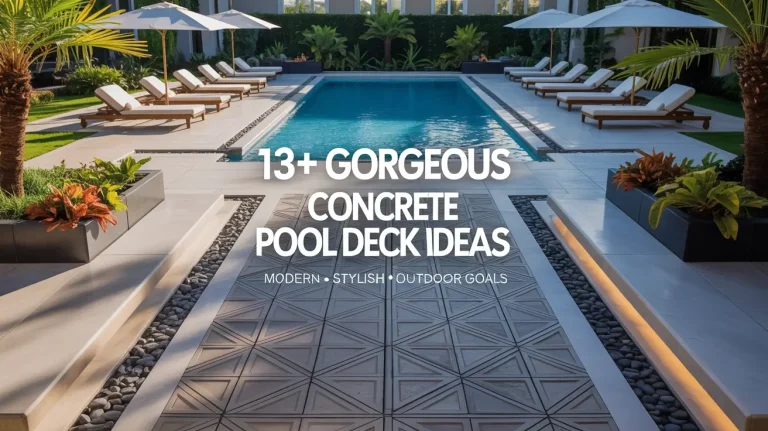How to Make Your Home Look More Expensive (On a Budget)
Making your home look more expensive doesn’t mean you have to spend a fortune. After more than 20 years working with families on real-life, practical home design, I’ve learned that style is never about cost—it’s about intention. Most expensive-looking homes aren’t filled with luxury; they’re just well-edited, thoughtful, and consistent. Whether you live in a small apartment or a larger house, these ideas will help you create a space that feels rich, polished, and elevated—even if your wallet says otherwise.
1. Start with a Clean, Clutter-Free Foundation
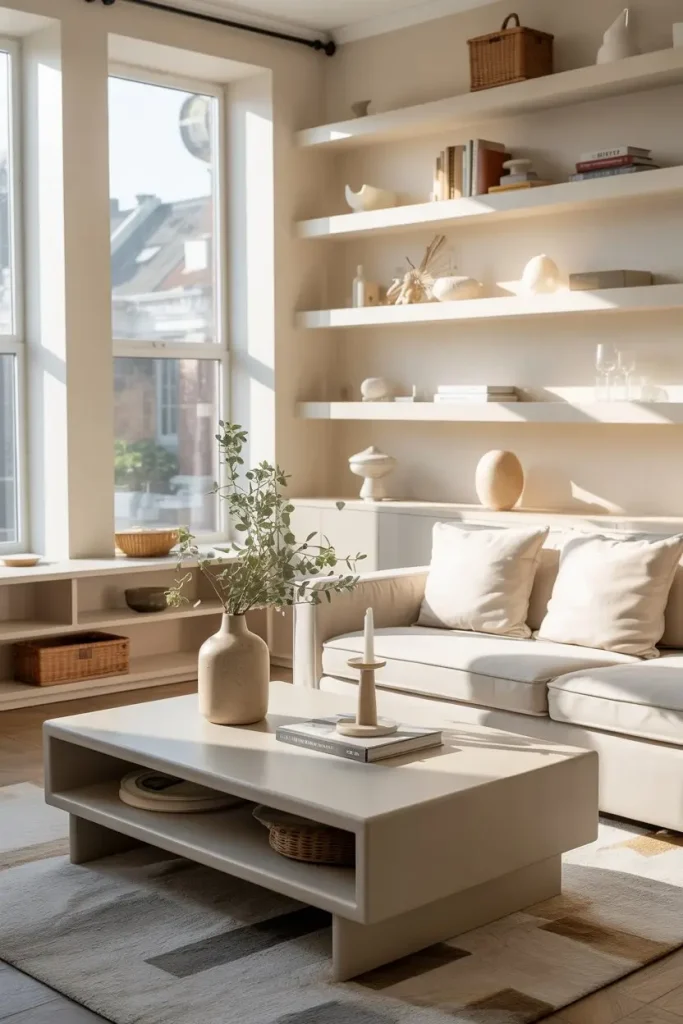
The first step to making any room feel expensive is to clean it up. High-end spaces always look tidy because every item has a purpose. Take time to put things away, clear surfaces, and make space to breathe. That alone can make your home feel bigger, brighter, and more elegant.
2. Choose a Tight Color Palette
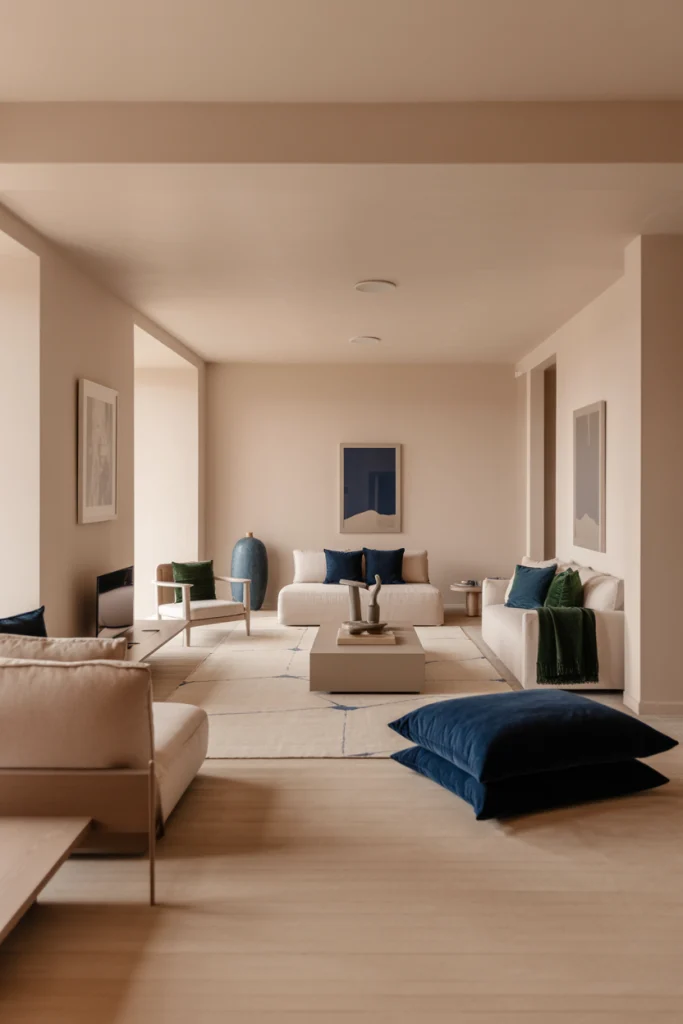
A limited color palette creates unity and calm. Homes that look expensive often stick to two or three core tones and build around them. Try starting with soft neutrals like white, beige, or gray, and layer in deep colors like navy, charcoal, or forest green for contrast. Keep the palette consistent across rooms so your whole home flows together.
3. Upgrade Lighting for an Instant Lift
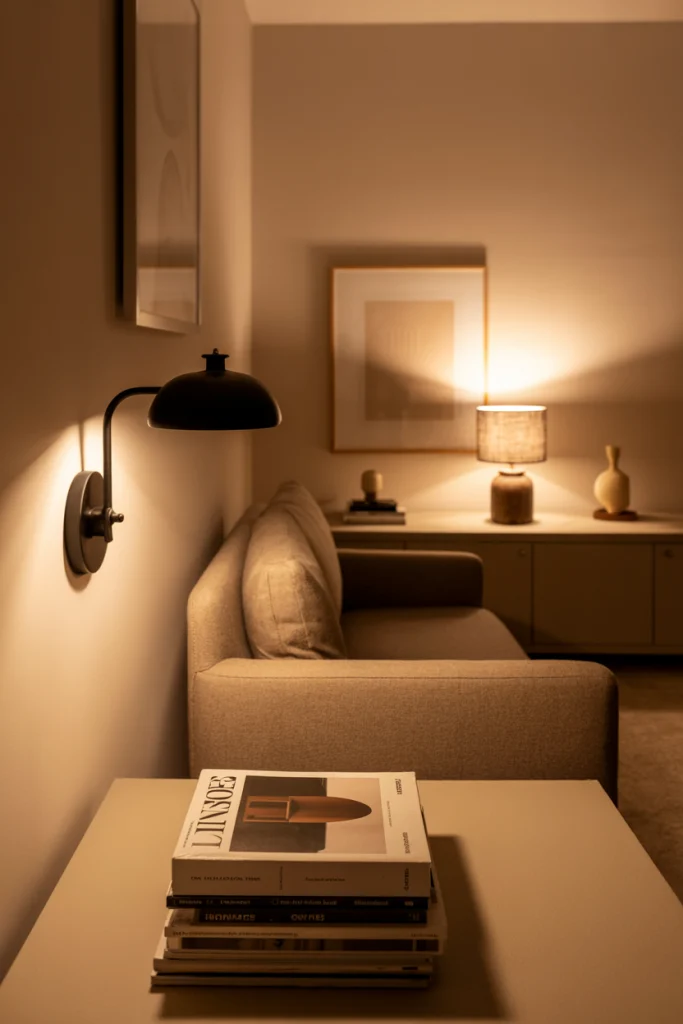
Lighting changes everything. Swap out harsh overhead bulbs for soft, warm ones. Look for inexpensive lamps at thrift stores, and change the shades to something simple and modern. Even adding a plug-in wall sconce or a battery-powered picture light can instantly make a room feel elevated.
4. Use Curtains the Right Way
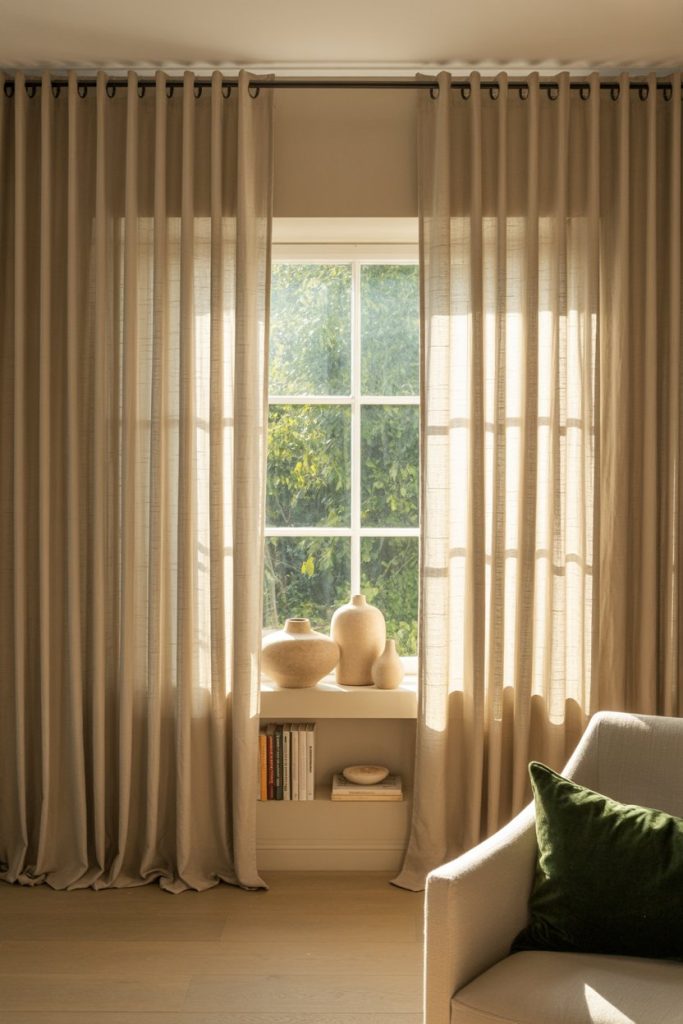
Mount your curtain rods higher than your window frames—closer to the ceiling. This makes your windows look larger and your ceilings taller. Choose curtains in solid, neutral fabrics like linen or cotton. Stay away from shiny or sheer materials that can look cheap up close.
5. Keep Walls Simple and Intentional
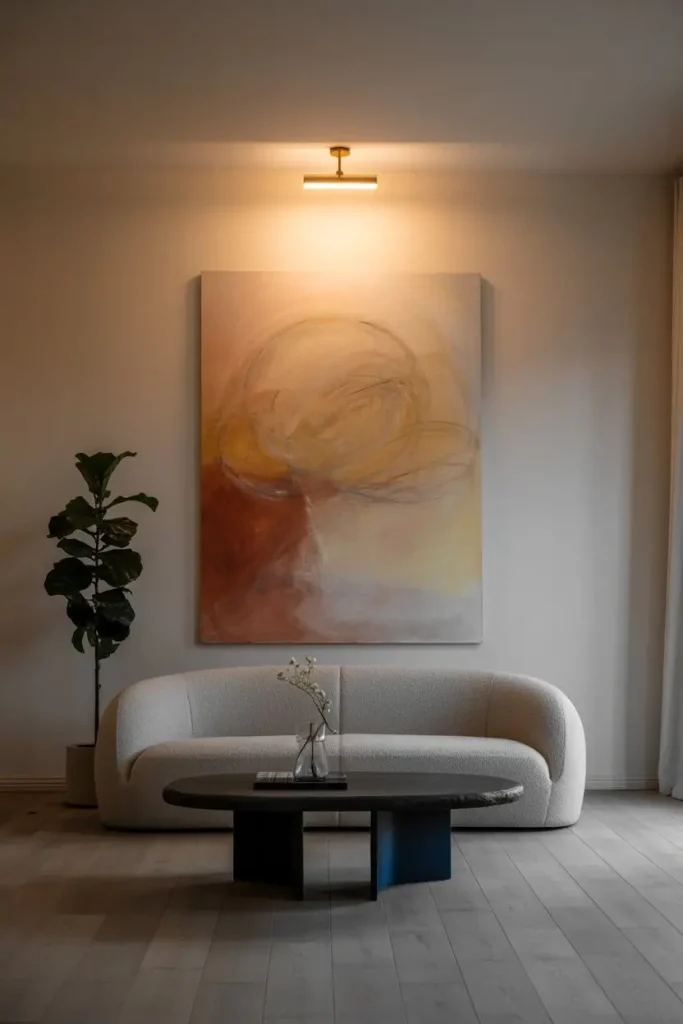
You don’t need art on every wall. One large piece, thoughtfully placed, does more than a bunch of small prints scattered around. Look for oversized framed prints, canvas pieces, or even create your own abstract art. A single, bold visual can ground the room and draw the eye.
6. Add Trim or Molding (Even Faux Works)
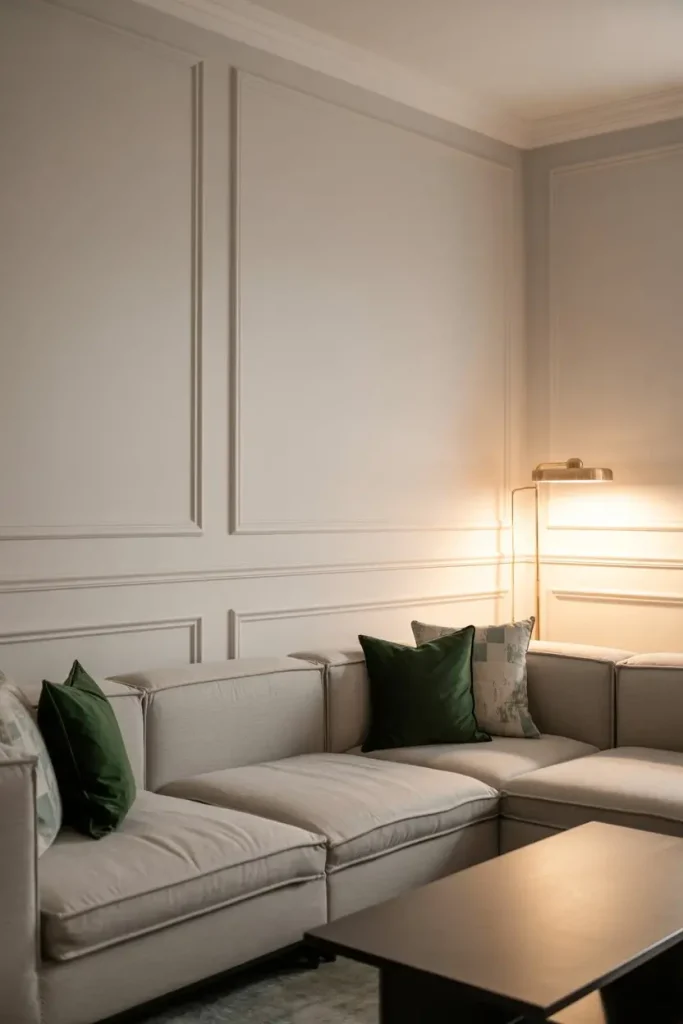
Trim adds instant architectural interest. You don’t need to be a carpenter to get the look. Simple picture frame molding or peel-and-stick wall panels can add depth without breaking the bank. Paint everything the same color for a seamless, custom look that feels built-in.
7. Bring in Texture Everywhere
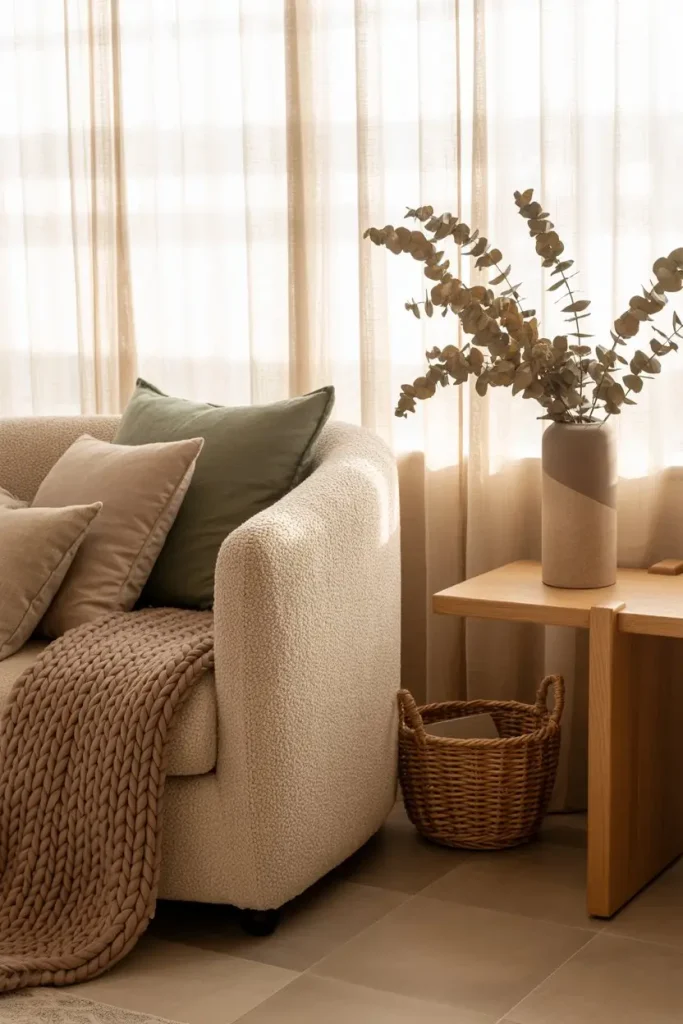
Expensive homes always have texture. You can add this with rugs, throws, pillows, and natural materials. Think boucle fabric, soft knits, woven baskets, or even stone-like vases. Texture gives your home layers and makes everything feel more designed, even if it’s affordable.
8. Mix High with Low
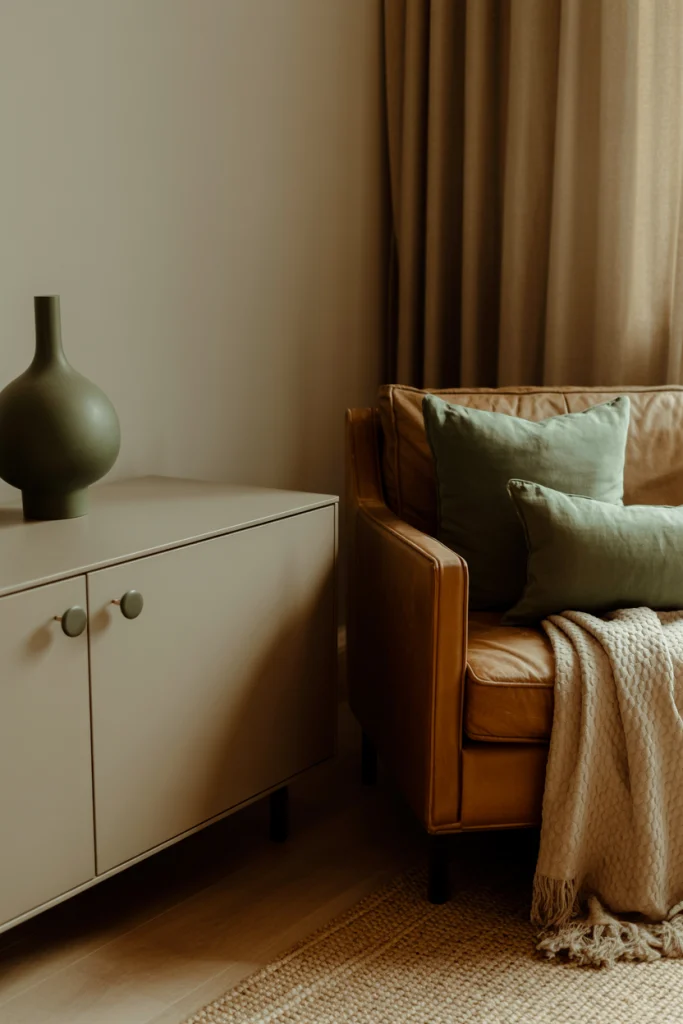
One of the oldest tricks in the book is blending low-cost items with something that looks or feels special. That could mean pairing an IKEA cabinet with custom knobs or placing a vintage chair next to a simple side table. This mix makes the space feel more collected, not cookie-cutter.
9. Focus on Quality Over Quantity
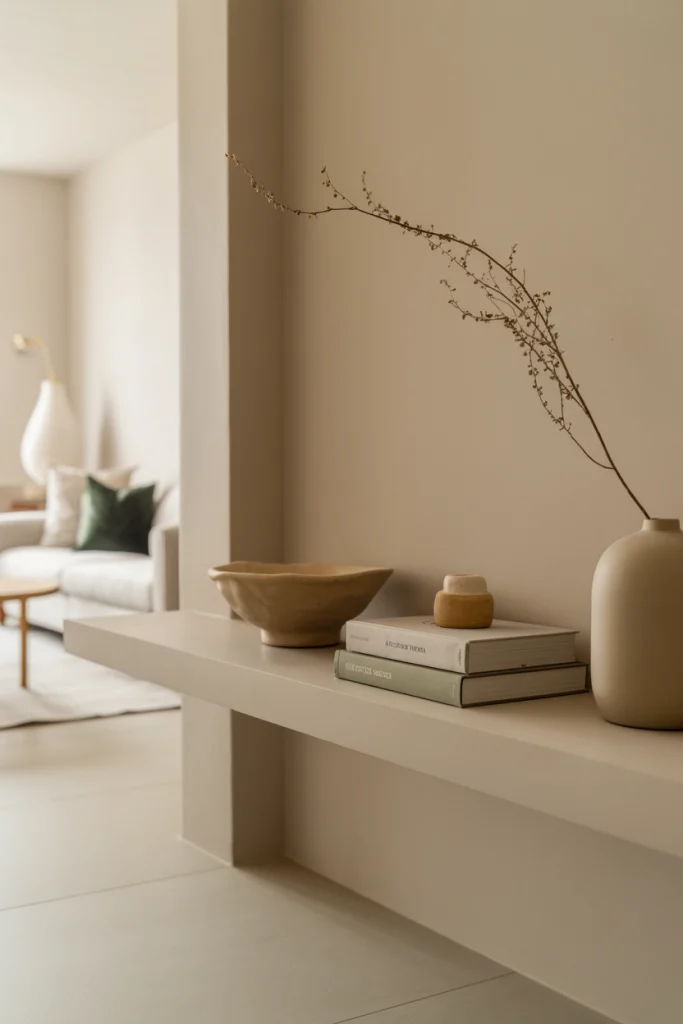
Instead of filling a shelf with random things, choose just a few pieces you love. That might be a ceramic bowl, a couple of hardcover books, or a simple vase. Negative space is powerful. It lets good design stand out. Homes that feel expensive are usually more edited, not more filled.
10. Use Large Rugs to Anchor Spaces
A small rug can make your room feel disjointed. Large rugs, even inexpensive ones, ground a room and make it feel finished. Choose one that fits under all your furniture—at least the front legs. A good rug can cover up imperfect floors and add softness all at once.
11. Add Greenery That Feels Alive
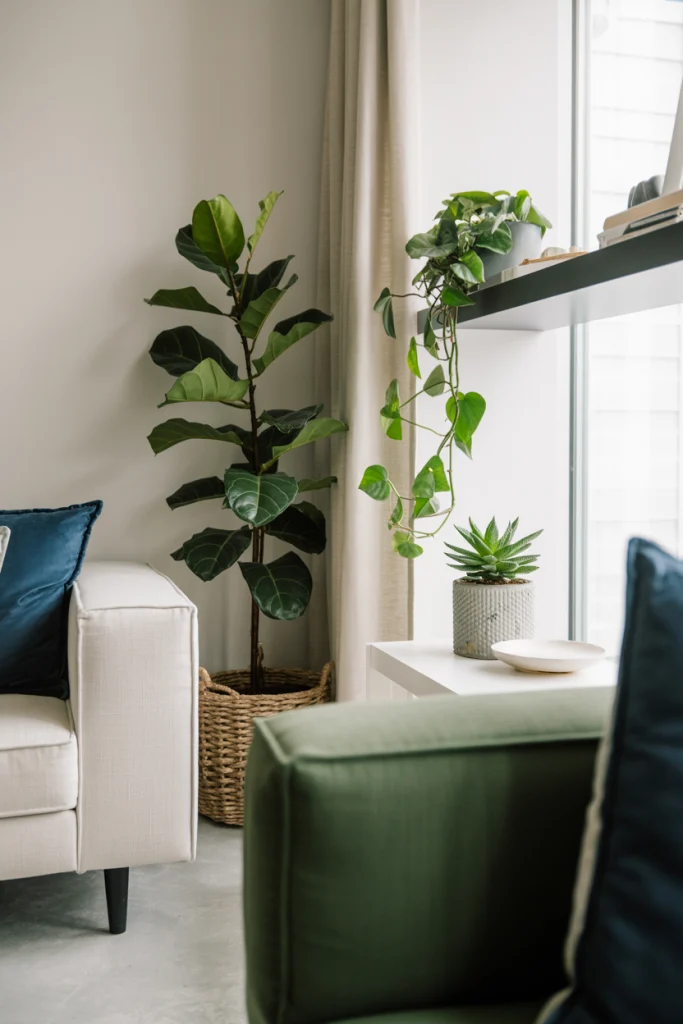
Nothing lifts a space like plants. Real or faux, it doesn’t matter as long as they’re clean, full, and placed with care. A tall plant in a basket, a trailing vine on a shelf, or even a small succulent in the bathroom can bring life and softness into a space.
12. Use Mirrors to Reflect Light
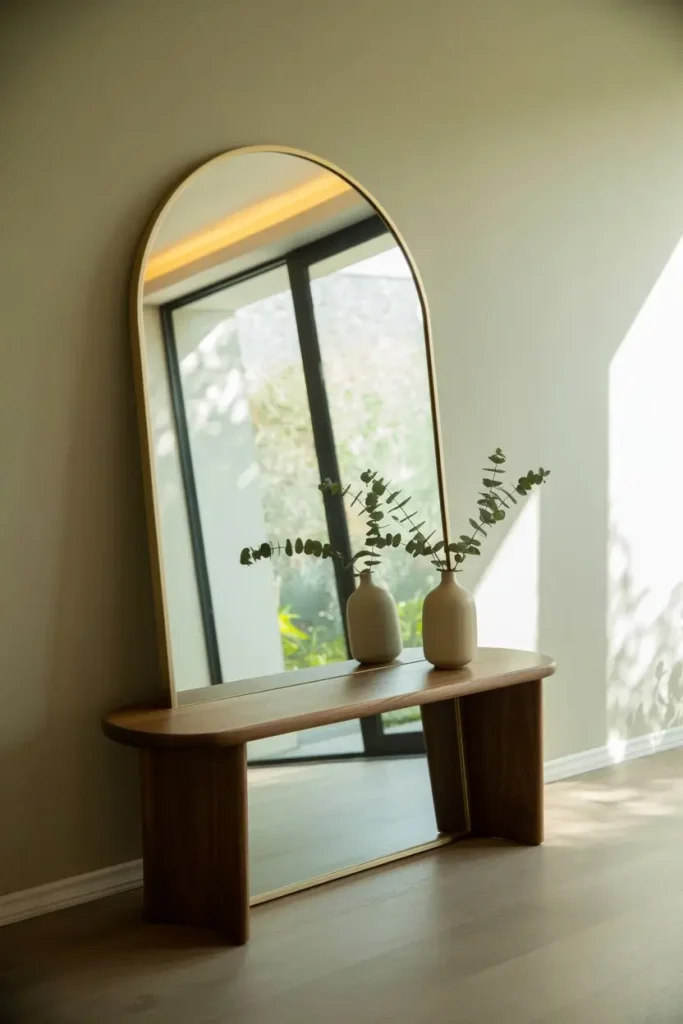
Mirrors aren’t just for checking your outfit. They bounce light around the room and make it feel bigger and brighter. Place a mirror opposite a window to reflect daylight, or lean a tall mirror behind a chair or table to add height and shine.
13. Paint Old Furniture in Modern Tones
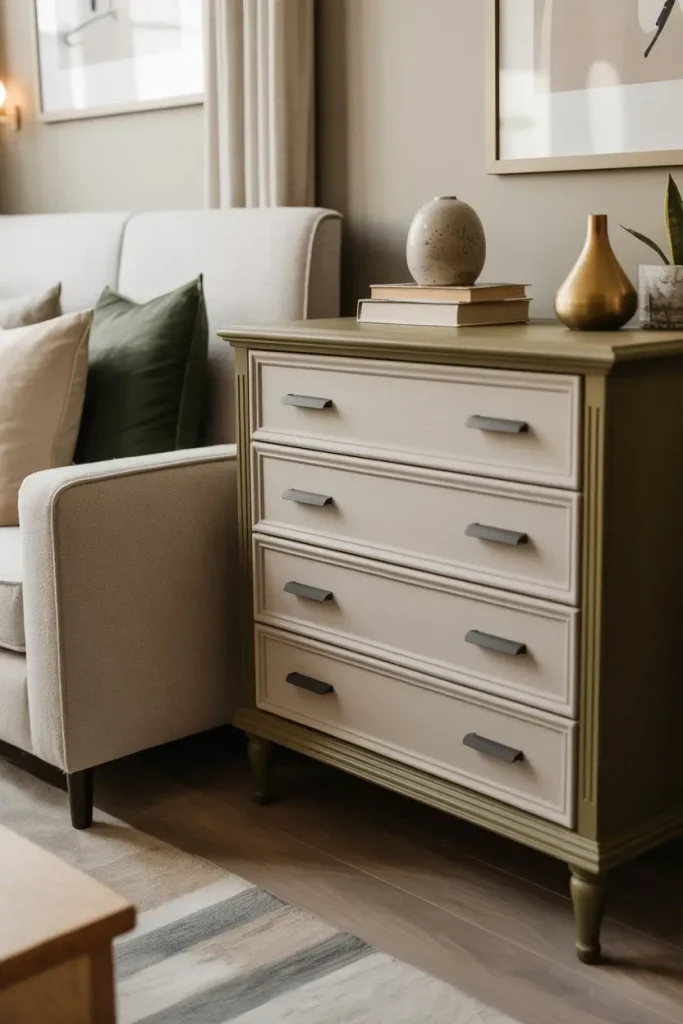
Don’t throw away old furniture just because it looks dated. Paint it. Use soft matte black, creamy white, or even olive green to modernize dressers, tables, or chairs. Swap outdated hardware for clean handles in brass, matte black, or brushed nickel.
14. Keep Hardware Consistent and Clean
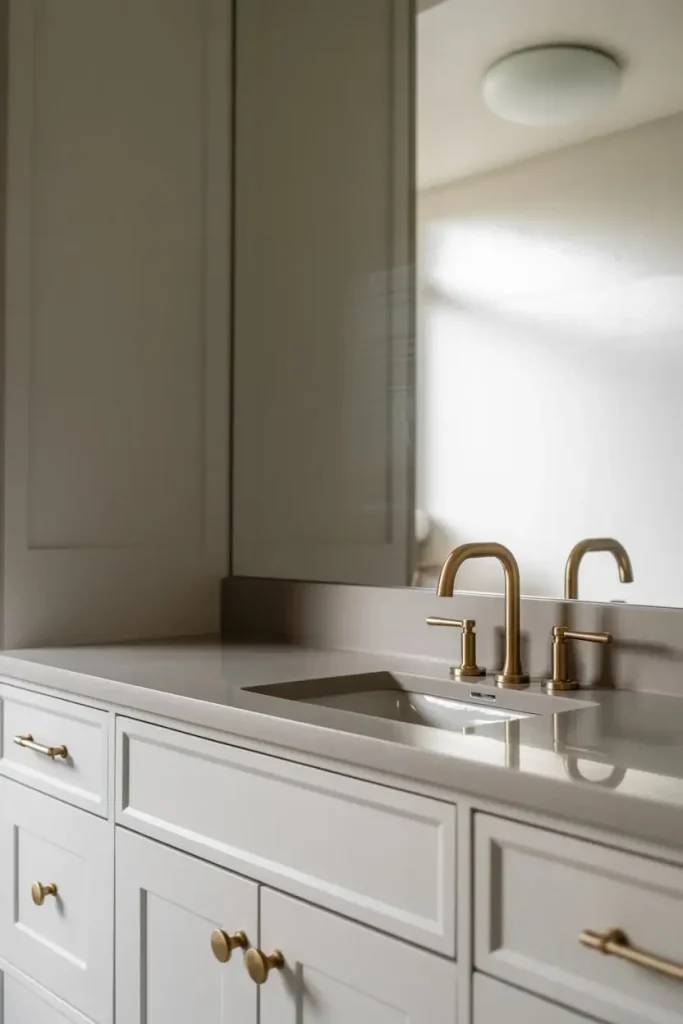
Mismatched knobs, pulls, and faucets can make a space feel messy. Try to stick to one finish per room. Changing old hardware is one of the easiest and cheapest ways to upgrade your kitchen, bathroom, or furniture.
15. Hide the Everyday Stuff
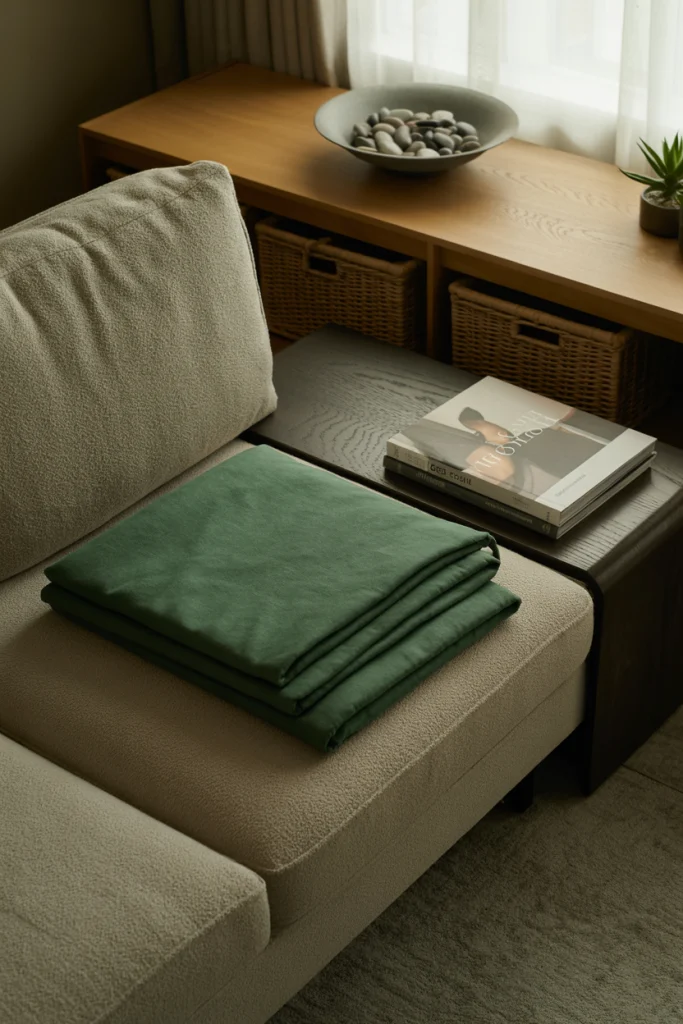
Nothing cheapens a space faster than cords, chargers, plastic bins, and cluttered countertops. Hide them. Use cord covers, baskets, storage ottomans, and drawer organizers. The less you see, the more polished everything feels.
16. Use Matching Containers for Storage
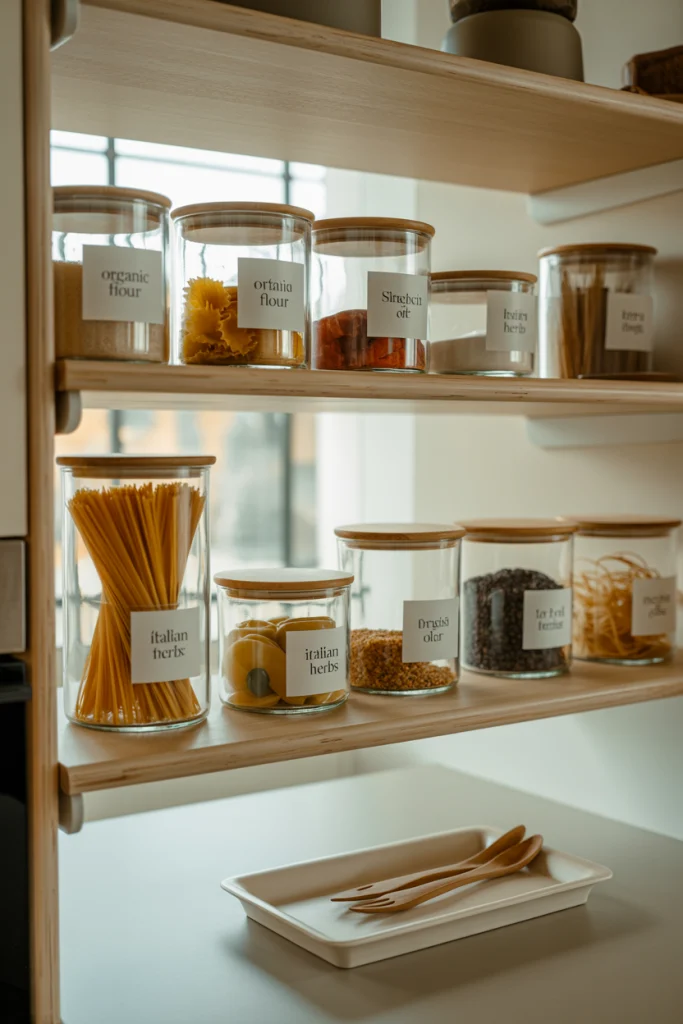
When you organize open shelves or counters, choose matching bins, jars, or trays. In the kitchen, store pantry items in clear jars. In the bathroom, group toiletries into matching baskets. Uniform storage looks cleaner and more intentional.
17. Style Your Coffee Table with Purpose

A bare table looks unfinished. A cluttered one looks chaotic. The sweet spot is somewhere in between. Try a stack of books, a tray with a candle, and one or two small decor items. It should feel balanced, not busy.
18. Add Ambient Lighting in Every Room
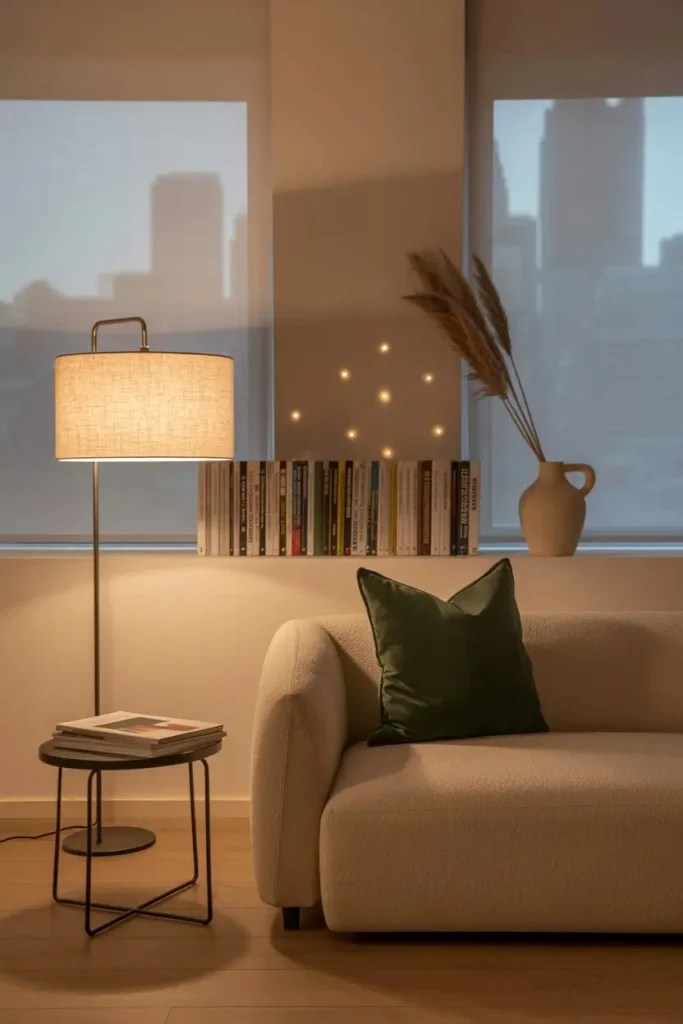
Overhead lights are harsh. Try to layer lighting in each space. A table lamp, a floor lamp, or even battery-powered LED puck lights inside cabinets can create warmth. Light makes every surface and finish look better.
19. Use Art or Books with Visual Weight
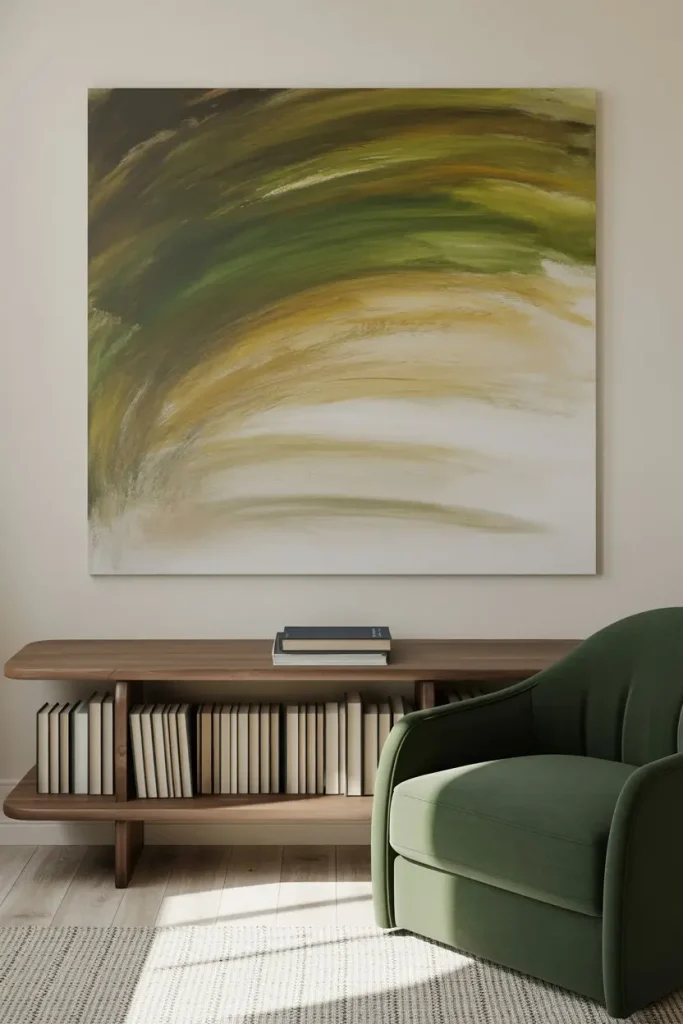
Avoid overly trendy prints or lightweight paper art. Choose framed prints, canvas pieces, or even hang a woven textile. When styling with books, choose hardcovers with simple spines. Books and art that feel weighty bring depth to a space.
20. Keep Decor Seasonal, Not Holiday-Heavy

Instead of holiday-specific items, decorate for the season. In fall, try soft throw blankets and dried leaves. In spring, switch to lighter colors and greenery. This avoids clutter and lets your home evolve without feeling overdone.
21. Make Each Room Feel Complete
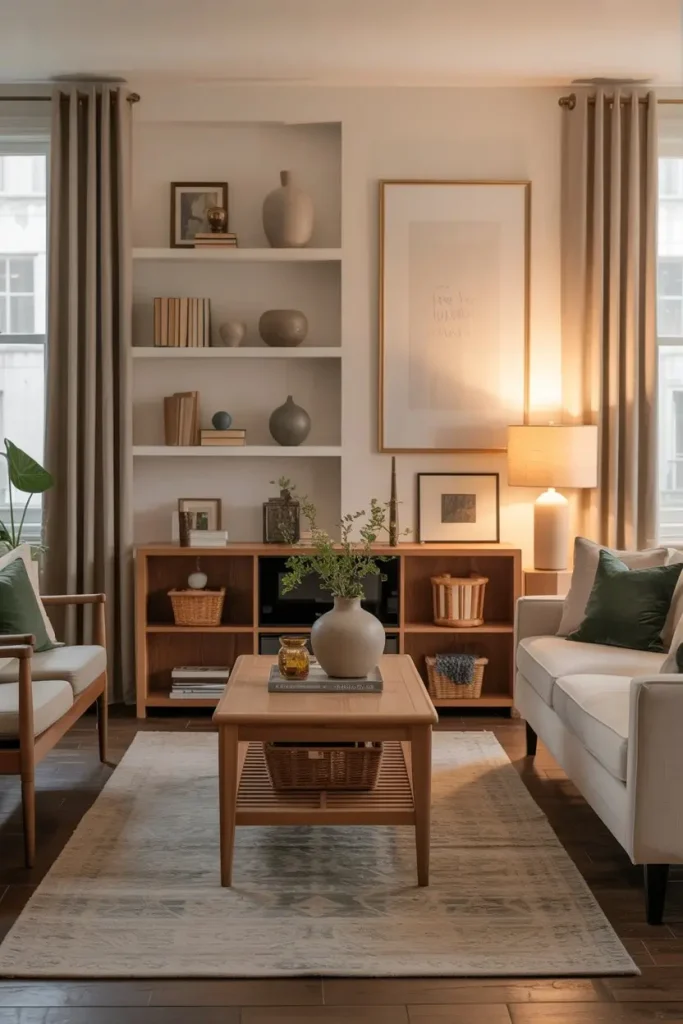
Even if your furniture isn’t high-end, finishing a room well makes all the difference. Add a rug, hang the curtains, style the shelves, and center the artwork. When everything has a place, the room feels whole.
22. Pay Attention to Scent
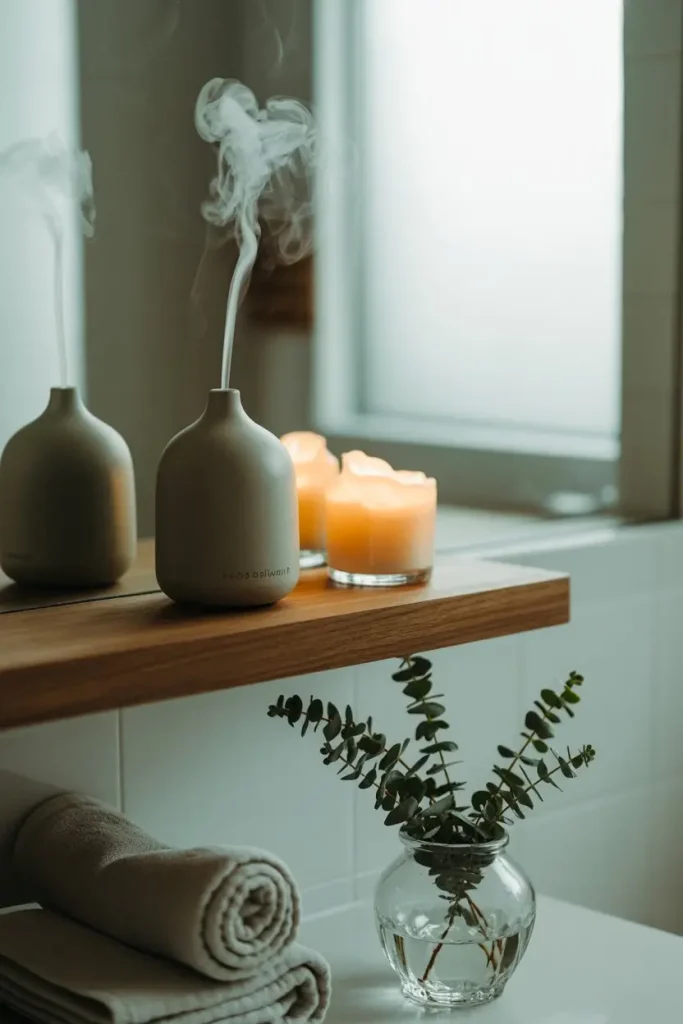
Expensive homes always smell good—but never strong. Use subtle candles, oil diffusers, or fresh eucalyptus. Avoid synthetic sprays. Your home should smell clean, natural, and fresh without calling attention to itself.
23. Take Time to Edit
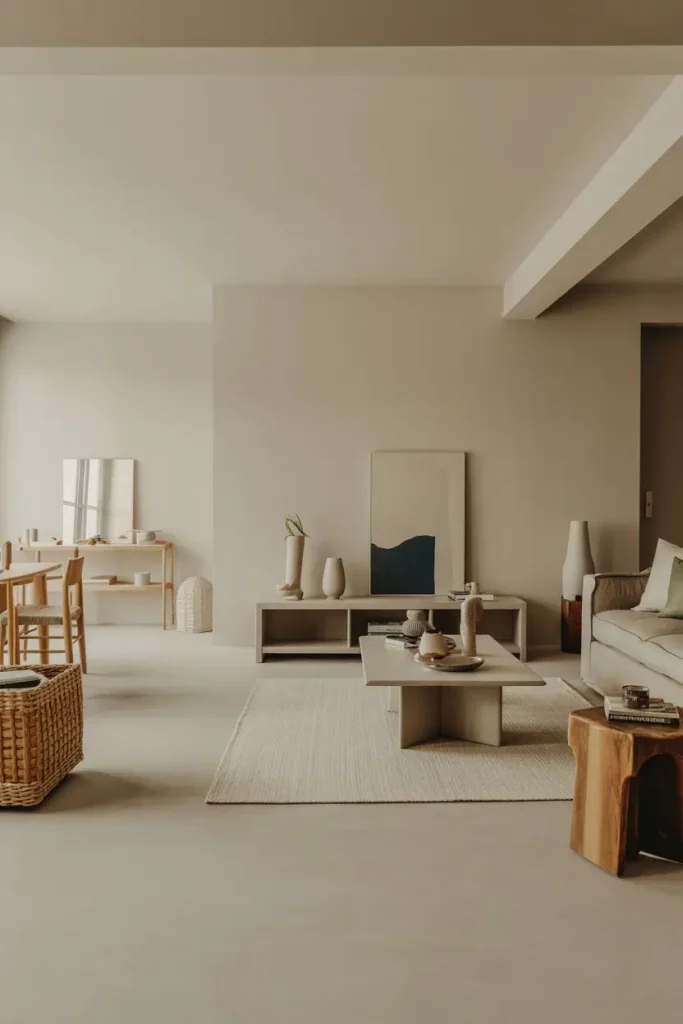
One of the best ways to keep your home looking expensive is to step back and edit. Remove things that don’t work. Rearrange what does. Live with it, tweak it, and let the space grow over time. Great design isn’t fast. It’s
